Last Christmas, I received the book “Verrot gezond” by Christian Weij (only available in Dutch). In this book, some basic principles of fermentation are discussed. By describing some recipes that use these basic fermenting principles, the book is an accessible way to get acquainted with the world of fermentation. The first recipe I tried is fermented butter, as we love butter in our household and are convinced of the healthy properties of fermented food.
This fermentation recipe for fermented butter is based on “Beurre d’Isigny”, a French butter made from dairy from cows that only eat grass from the Isigny region. The grass from Isigny contains minerals from the sea and gives the butter a typical flavor. Beurre d’Isigny is used to start the fermentation process.
This butter is a sought-after product and because of the specific preparation process, it is quite expensive. Because only a small amount is used to make a butter starter, I thought it was worth using this butter instead of the supermarket butter in our village. Make sure to use real butter with living lactic acid bacteria, such as Beurre d’Isigny.
Butter starter
This recipe consists of two fermentations. First, you make a butter starter by mixing a small amount of butter with (raw) milk. Let this sit in a closed jar for a few days. Then freeze the sour milk in an ice cube tray.
Fermented butter
Once the butter starter is ready, you can start the second fermentation. By adding 1 to 2 ice cubes of butter starter to the cream, you kickstart your butter fermentation. Let the sealed jar of cream sit for several days before churning the butter. In the meantime, you will see that the cream is converted into crème fraîche.


Equipment
- Sealable jar with a 1-liter capacity (e.g. a canning jar)
- Ice cube tray
- Food processor, butter churn, or hand mixer
- Mixing bowl
- Parchment paper or butter dish
Ingredients
- 1 liter (raw) milk
- 25 grams of Beurre d’Isigny (French butter)
- 1 liter of cream
- Optional: 1% salt (about 4 grams)
Instructions
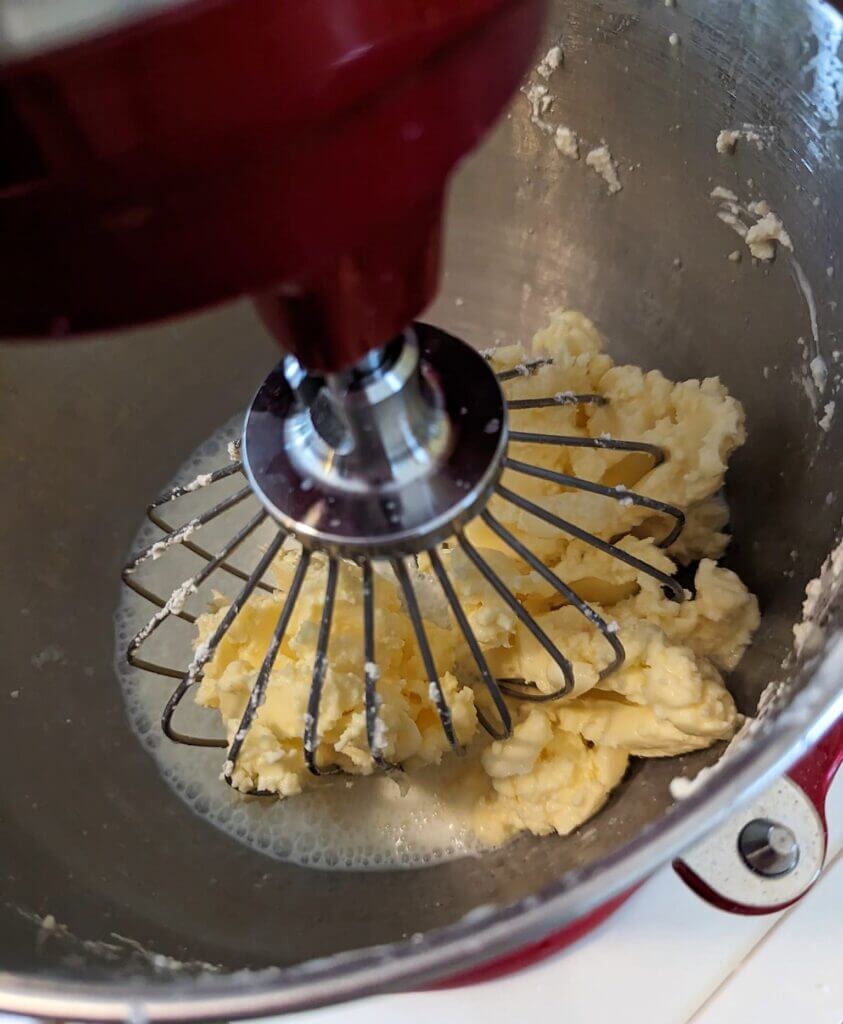
Weigh 25 grams of butter in a sealable jar. Add 1 liter of milk and close the jar. Leave the milk with butter at room temperature for 2 days. After 2 days, stir the butter starter and fill an ice cube tray. Freeze the butter starter.
Fill a canning jar with 1 to 2 ice cubes of butter starter and add 1 liter of cream. Close the jar tightly and leave it at room temperature for 4 days. Place the jar of cream in the refrigerator for 2 hours before churning the butter.
Fill the mixing bowl with the cream and mix until butter and buttermilk are formed. Separate the butter and buttermilk and fill the bowl with cold water to wash the butter. Repeat this process until the water remains clear.
Squeeze out the butter, optionally add the salt, and shape it into the desired shape. Wrap the butter in wax paper, or parchment paper, or store it in a butter dish.
Tips
- Just before the butter is formed, it seems that there is a soup with small lumps of butter. When you reach this stage, you only need to mix/churn for a little longer.
- Don’t throw away the buttermilk! Use it to make soda bread, make a marinade, add it to your baked goods, or drink it.

Fermented butter
This recipe consists of two fermentations. First, you make a butter starter by mixing a small amount of butter with (raw) milk. Then you use the butter starter to kickstart your fermented butter.
Ingredients
- 1 liter (raw) milk
- 25 grams of Beurre d'Isigny (French butter)
- 1 liter of cream
- Optional: 1% salt (about 4 grams)
Instructions
- Weigh 25 grams of butter in a sealable jar. Add 1 liter of milk and close the jar. Leave the milk with butter at room temperature for 2 days. After 2 days, stir the butter starter and fill an ice cube tray. Freeze the butter starter.
- Fill a canning jar with 1 to 2 ice cubes of butter starter and add 1 liter of cream. Close the jar tightly and leave it at room temperature for 4 days. Place the jar of cream in the refrigerator for 2 hours before churning the butter.
- Fill the mixing bowl with the cream and mix until butter and buttermilk are formed. Separate the butter and buttermilk and fill the bowl with cold water to wash the butter. Repeat this process until the water remains clear.
- Squeeze out the butter, optionally add the salt, and shape it into the desired shape. Wrap the butter in wax paper, or parchment paper, or store it in a butter dish.
Notes
- Just before the butter is formed, it seems that there is a soup with small lumps of butter. When you reach this stage, you only need to mix/churn for a little longer.
- Don't throw away the buttermilk! Use it to make soda bread, make a marinade, add it to your baked goods, or drink it.
Use fermented butter in recipes like these!
This post contains one or more affiliate links, which means I will get a small commission when you buy a product via the provided link at no cost to you! See my full disclaimer here.
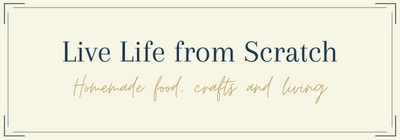




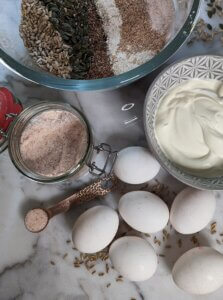
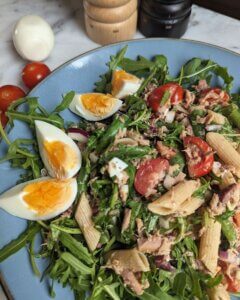

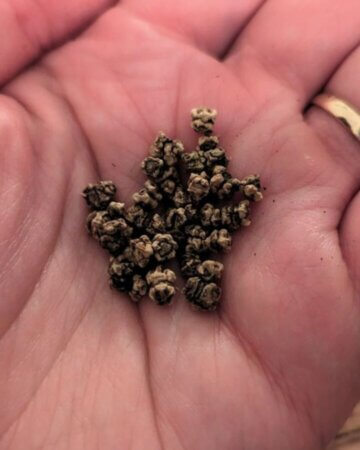
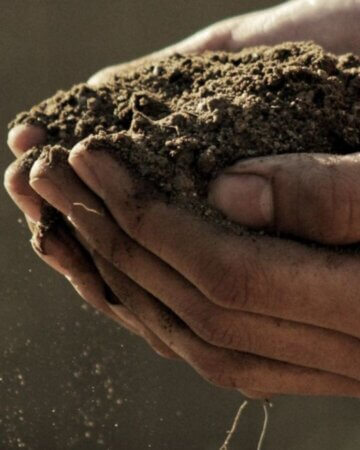
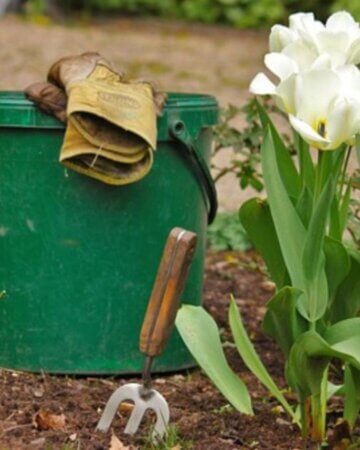
What do you do with the butter that has been added to the milk to make the started when freezing the started? Is the butter discarded?
Hi Jackie, we’ve put the rest of the ‘starter butter’ in the freezer. But you could also use it as regular butter.